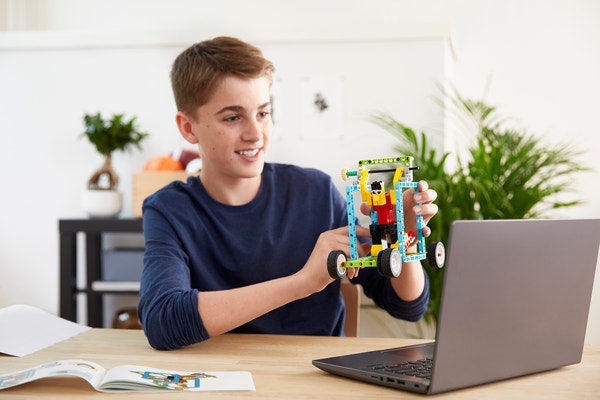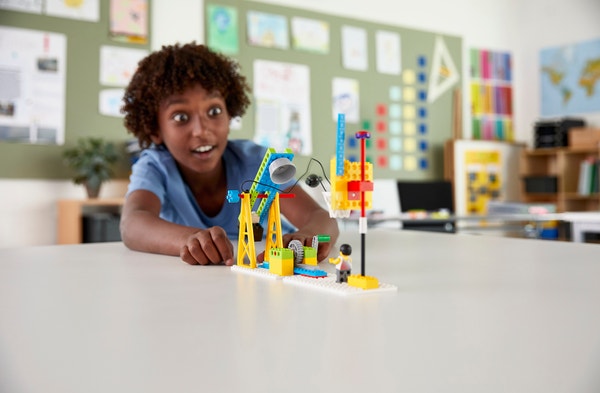Learning is a step-by-step process in which an individual experiences permanent, lasting changes in knowledge and behaviour. Most of our formative years are spent in school gathering knowledge, forming social relationships and interacting with the world outside our home. The time spent in school has one of the most ever-lasting impacts upon an individual and so educators must ensure that learning happens through the best methods possible.
In today’s world with the growth of technology, society places increasing value on the ability to work in teams. In tandem with the traditional teacher-lectures and student-learns method, collaborative learning has become more common. With constant fine-tuning since the 1980’s collaborative or co-operative learning has become one of the strongest core philosophies operating in classrooms today in the GCC, UAE & Middle East.
What is collaborative learning and how does one go about it? Collaborative learning is the practice of dividing students into small groups to answer questions posed, work on projects allocated and, in the process, learn from one another. For the highest chance of success using this method, there are a few guidelines.
It is important that the formation of groups not be left to the students as they will sort themselves into groups of friends who share common bonds and views. To counter this the teacher creates groups as per strengths, weaknesses, diversity and social capability. The group must be of the ideal size as too large a group will lead to participation of only a few and too small a group will minimize diversity and the energy.

Teaching the students to be active listeners and concentrating during these tasks proves beneficial. They must be advised to give each child his time and not interrupt. Repetition of salient points has both long and short term benefits.
Make your goals and expectations clear to the students so they can collectively and fruitfully work together. Working in groups does not come naturally to them; hence they need to be shown how to disagree constructively and build on each child’s contribution. They must be guided so that they don’t drift-off into distractions or lethargy. Students would contribute better if they were given specific tasks to handle in conjunction with the whole. For eg, a leader, a checker, a recorder etc.
With real-world assignments, students find information through research and forming real opinions. Ongoing issues that they are aware of, such as an environmental issues in Dubai or a complicated social issue, maybe even something from the newspapers or school newsletter, they will be more mindful and involved in the project due to its familiarity and resonance.
Try assigning different tasks to each group so that they remain involved within their own group and do not go looking for inspiration from each other’s work. Reward final results so that they are motivated to do better next time. However, rewarding duties best performed as against each group would yield better results as they learn that their success or failure is not entirely in their own hands.


LEGO® has been our favored go-to for children for decades. The simple building activity teaches nimble skills and complex thinking using bricks. Evolving over the years, it now brings to you LEGO® BricQ Motion which provides easy, hands-on learning experiences as students set the things they have built with LEGO® bricks in motion, without the need for technology. It encourages students to discover physical science in action. As they devise plans and conduct investigations, they understand forces and motion. LEGO® Education BricQ Motion engages elementary and middle-school students in STEAM learning as they experiment with the aforementioned. It is perfect for warm-up activity or even a collaborative project on its own.
The Changing Trends of Education now focus on how you can develop your leadership potential and enhance your career. Collaborative learning is just one of the countless ways in which education is changing today.

